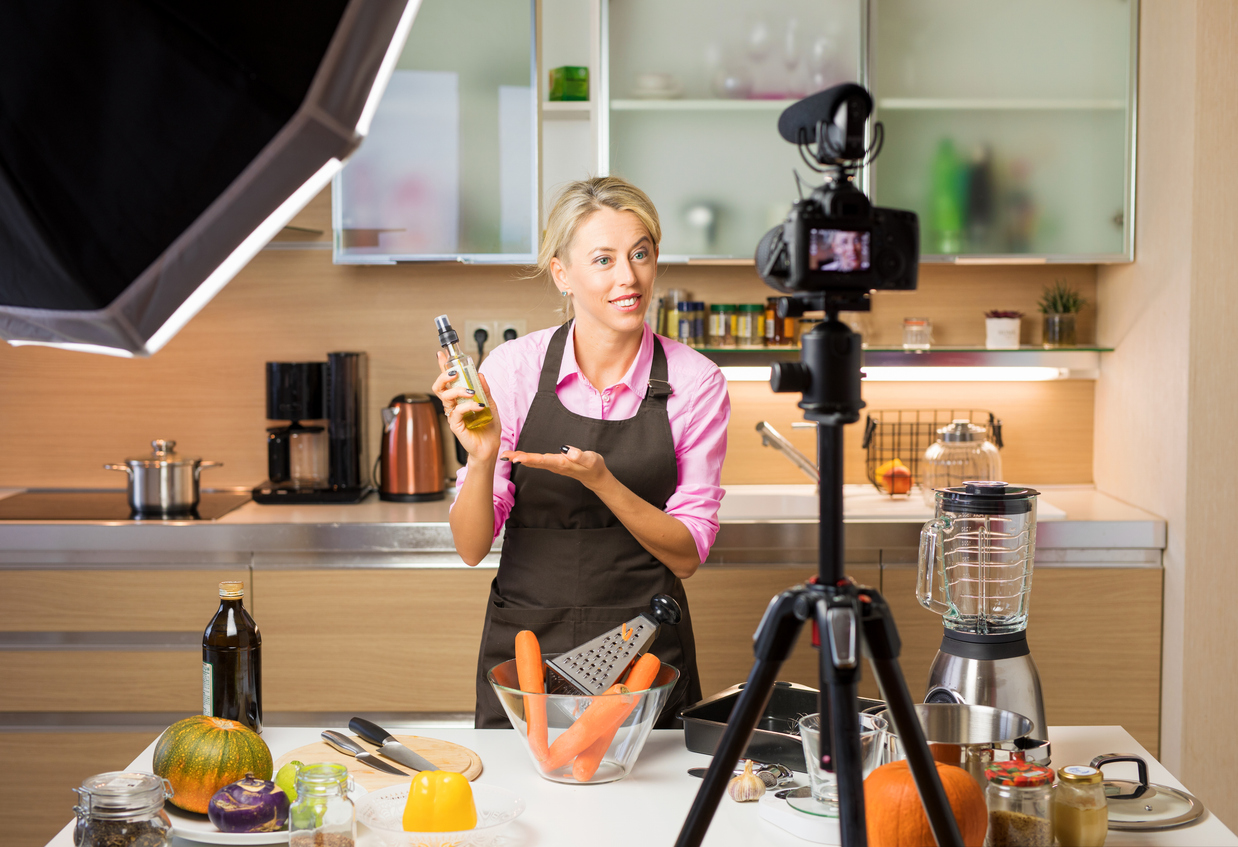Insights Article

Television used to be the place where Britain fell in love with food. From the boisterous charm of Keith Floyd to the reassuring presence of Delia Smith, TV chefs were more than presenters – they were household names. Cooking shows shaped not only how we ate, but also how we saw ourselves. Yet, fast forward to 2025, and the once ubiquitous “stand and stir” format is rapidly disappearing from the schedules.
According to a recent BBC report, new commissions for food programmes across British TV have dropped by 44% in just one year. Once familiar names such as Nigella Lawson or Nadiya Hussain are notably absent from screens. At the same time, the appetite for food content has not gone away – it has simply migrated elsewhere. Online creators on YouTube, TikTok, and Instagram now rack up millions of views, with influencers sparking trends that can sell out products overnight.
So, what explains this divergence – and what can it teach us about understanding audiences in an always changing media landscape?
Why TV cooking shows lost their heat
The decline of the traditional food show isn’t just about budgets, although reduced commissioning is a factor. It’s about the mismatch between legacy formats and contemporary viewing behaviours.
Cooking shows have historically been built around the same structure: scripts, compliance checks, production teams, and advertising slots. This model made sense when audiences tuned in at a set time each week, and the kitchen was treated as a stage. But these days most viewers don’t want or need polished content – they want immediacy, relevance, and authenticity.
Audiences are increasingly sceptical of what feels overly curated. The warmth of live cooking is being undercut by perceptions of formula and sponsorship. In contrast, an influencer posting a video of a “hangover bean dish” filmed on a phone feels real, relatable, and shareable. It may not be technically perfect, but the roughness signals honesty.
Why online food content works
The growth of food influencers highlights how dramatically audience expectations have shifted. What works online is not always a glossy recipe demonstration but community, speed, and cultural connection.
A viral trend like the cronut – half croissant, half donut – is a perfect example. As the BBC article notes, creators could seize on the craze instantly, producing tutorials within days while television producers were still in pre-production. The ability to respond in real time builds a sense of relevance – viewers feel part of the trend, not passive observers of it.
Equally, platforms like TikTok encourage short-form, eye-catching edits. A recipe can be shared in 30 seconds, reaching millions of people who may never sit through a half-hour programme. Add to this the two-way nature of online platforms – comments, shares, remixes – and the gap between TV and digital feels wider than ever.
Lessons for media and brands
For those working in TV and media, the story of food programming is not an isolated case. Ampere Analysis data, quoted in the BBC article, highlights similar declines in commissioning across documentaries, arts and culture, travel, and even sport. Yet the demand for video storytelling is not shrinking; it is diversifying.
The crucial insight is that audiences will follow stories, personalities, and authenticity – not platforms. Whether it’s a prime-time series or a 30-second TikTok clip, what matters is cultural relevance and resonance.
This has implications beyond broadcasters:
- For brands, the rise of food influencers demonstrates the importance of speed to market. Tapping into consumer conversations in real time is often more powerful than sponsoring a polished production months in the making.
- For researchers, the shift highlights the need to understand not just what audiences watch, but why they choose one format over another. It is not about the genre itself (food), but about the delivery (community-driven, interactive, immediate).
- For producers, there’s a reminder that audiences are not all the same. There is still space for long-form cooking competitions such as Bake Off, which thrive on authenticity and drama. Success will come from listening closely to audience signals, not assuming yesterday’s formula will work tomorrow.
The importance of knowing your audience
At its core, the decline of TV cooking shows is a reminder that understanding audiences is essential.
When food shows dominated the schedules in the 2000s, they reflected a cultural moment. Britain was opening up to global cuisines, cookbooks were bestsellers, and food became a form of entertainment. Today, audiences want food content that mirrors how they live – quick, informal, and responsive to social trends.
The lesson applies well beyond food content. Whether in entertainment, advertising, or brand communication, the same principles are true. Content succeeds when it connects with audiences’ motivations and contexts, not when it clings to outdated assumptions.
At Clusters, our role is to uncover these shifts, quantify their impact, and help clients navigate them. From media houses looking to commission, to brands seeking to partner with creators, the questions tend to be the same: who is your audience, what do they value, and how can you connect with them?
Conclusion: The future of food content
Cooking shows are not disappearing because audiences have lost interest in cookery; food content is still booming. What’s changing is the form, the platform, and the cultural codes that influence how people want to engage.
TV once had a monopoly on food content, however it’s YouTube, TikTok, and Instagram dominating today. For media and brands, the challenge is no longer about keeping hold of old formats, but about finding their place in a category shaped by audience expectations. At Clusters we think the key to that is simple; gaining a deep understanding what people want, and need, from their food content now.
Interested in learning more about your audience? Contact us today to book a free consultation.
Want these kinds of results?
We’d love to talk with you about how our insights could help your business grow. Drop us an email at hello@clusters.uk.com or call us on +44 (0)20 7842 6830.